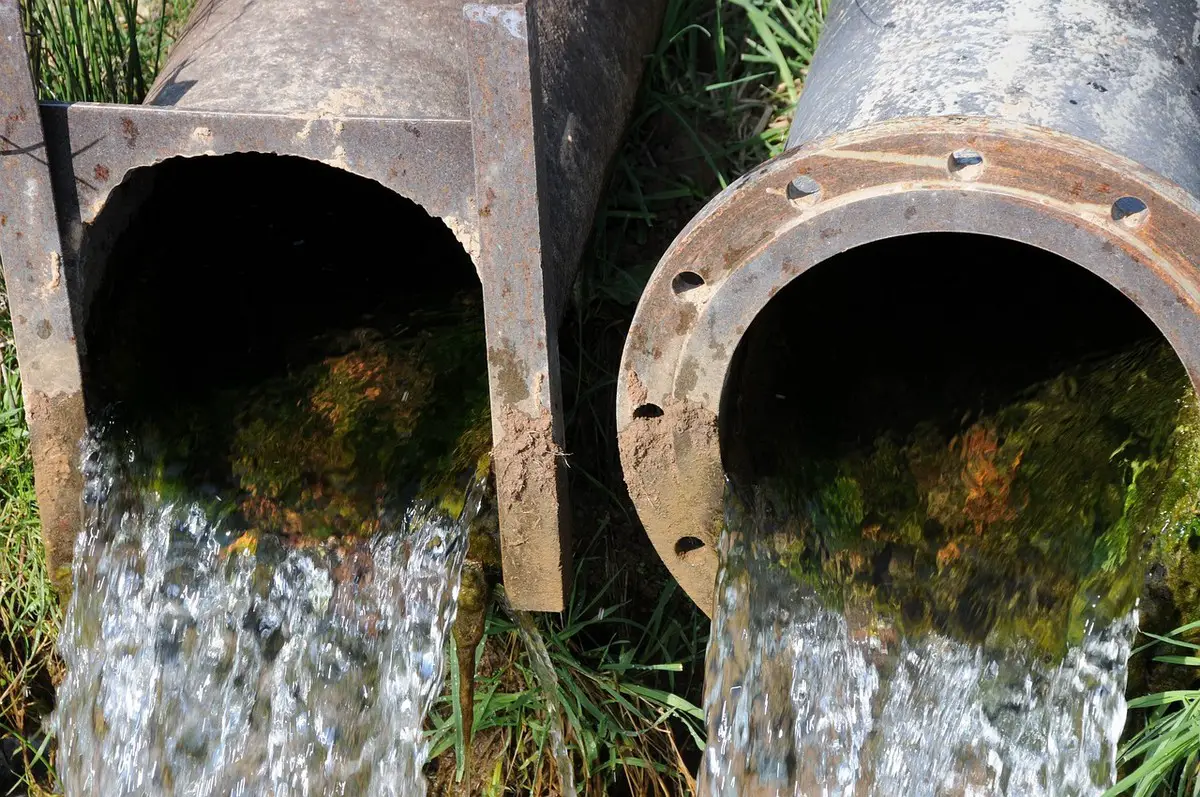Solving drainage problems with smart tech: A look at 2024 innovations, Avoiding flooding tips, Drain technology
Solving Drainage Problems with Smart Tech: A Look at 2024 Innovations
8 February 2024
In an age of rapid technological advancement, it’s no surprise that even the most traditional industries are embracing innovation. When it comes to solving drainage problems, the integration of smart technology has revolutionised the way we approach issues with water management and drainage systems. In this article, we’ll explore some of the latest innovations in the field of drainage technology and how they are reshaping the way we address drainage problems in 2024.
Solving Drainage Problems with Smart Technology
Real-Time Monitoring Systems
One of the most significant advancements in drainage technology is the development of real-time monitoring systems. These systems utilise sensors and data analytics to provide continuous monitoring of drainage networks, allowing for early detection of issues such as blockages, leaks, and overflows. By collecting and analysing data in real-time, these systems can identify potential problems before they escalate, enabling proactive maintenance and preventing costly damage.
For example, smart sensors installed in drainage pipes can detect changes in flow rates or water levels, alerting operators to potential blocked drains in Maidstone or leaks. This early warning system allows maintenance teams to intervene quickly, minimising the risk of flooding or structural damage.
Predictive Analytics
In addition to real-time monitoring, the integration of predictive analytics has further enhanced our ability to address drainage problems proactively. By analysing historical data and patterns, predictive analytics algorithms can anticipate future issues and recommend preventive measures to mitigate risks.
For instance, predictive analytics can forecast potential drainage bottlenecks based on factors such as weather patterns, seasonal variations, and infrastructure conditions. Armed with this information, authorities and maintenance teams can prioritise maintenance activities and allocate resources more effectively, reducing the likelihood of drainage failures and disruptions.
Remote Control and Automation
Advancements in remote control and automation technology have also played a significant role in improving drainage management. Remote-controlled valves and pumps allow operators to adjust flow rates and redirect water remotely, optimising drainage systems in real-time to respond to changing conditions.
Furthermore, the integration of automation technology enables autonomous maintenance routines, such as automated flushing and cleaning of drainage pipes. By automating routine tasks, maintenance teams can free up valuable time and resources to focus on more complex issues, improving overall efficiency and effectiveness.
Integration of smart technology conclusion
The integration of smart technology into drainage systems represents a significant step forward in our ability to manage and mitigate drainage problems. Real-time monitoring systems, predictive analytics, and remote-control capabilities are transforming the way we approach drainage maintenance, allowing for proactive interventions and improved efficiency.
As we continue to embrace these innovations, it’s essential to partner with experienced professionals who understand the intricacies of drainage systems and smart technology integration. At Drain Survey Sector, we specialise in providing comprehensive drainage solutions tailored to your specific needs. Whether you’re facing a drainage problem such as Blocked Drains in Kent, or looking to optimise your drainage system with smart technology, our team is here to help.
Contact Drain Survey Sector today to learn more about how we can assist you with your drainage and drain unblocking needs. Let us help you harness the power of smart technology to solve drainage problems effectively and efficiently.
Machine Learning and Artificial Intelligence
Machine learning and artificial intelligence (AI) have emerged as powerful tools in drainage management, offering sophisticated capabilities for data analysis and decision-making. By leveraging vast amounts of data collected from sensors, cameras, and other sources, AI algorithms can identify complex patterns and correlations that human operators might overlook.
For example, AI-powered systems can analyse video footage from CCTV cameras installed in drainage networks to detect anomalies such as cracks, root intrusions, or debris buildup. This proactive approach allows maintenance teams to identify potential issues early on and take corrective action before they escalate into larger problems.
Moreover, machine learning algorithms can continuously improve their performance over time by learning from new data and feedback. This adaptive capability enables AI systems to become increasingly accurate and effective in predicting and preventing drainage problems.
Smart Drainage Infrastructure
The concept of smart cities extends to the realm of drainage management, with the development of integrated smart drainage infrastructure. Smart drainage systems incorporate a network of interconnected sensors, actuators, and control mechanisms to optimise water flow and mitigate flooding risks in urban environments.
For instance, smart stormwater management systems can dynamically adjust the operation of drainage assets, such as stormwater pumps and floodgates, in response to changing weather conditions and water levels. By optimising the flow of stormwater through the drainage network, these systems can reduce the risk of urban flooding and minimise the impact on infrastructure and communities.
Furthermore, smart drainage infrastructure can facilitate real-time communication and collaboration between various stakeholders involved in drainage management, including local authorities, utility providers, and emergency responders. This seamless integration enables coordinated responses to drainage emergencies and enhances overall resilience to extreme weather events.
Conclusion
The integration of smart technology into drainage management represents a paradigm shift in how we approach the challenges of urban water management. From real-time monitoring and predictive analytics to machine learning and smart infrastructure, these innovations offer unprecedented opportunities to enhance the efficiency, reliability, and sustainability of drainage systems.
As we embrace these advancements, it’s essential to partner with experienced professionals who can navigate the complexities of smart drainage technology. At Drain Survey Sector, we combine our expertise in drainage engineering with cutting-edge technology solutions to deliver comprehensive drainage services tailored to your specific needs.
Contact Drain Survey Sector today to learn more about how we can assist you in harnessing the power of smart technology to solve drainage problems effectively and efficiently.
Comments on this Solving Drainage Problems with Smart Tech: A Look at 2024 Innovations article are welcome.
Buildings
Key Buildings in Scotland Articles – architectural design selection below:
++
Home Plumber Services
Can a pipe lining system prevent pipes bursting
Plumbing solutions for structural soundness
Comments / photos for the Solving Drainage Problems with Smart Tech: A Look at 2024 Innovations page welcome




